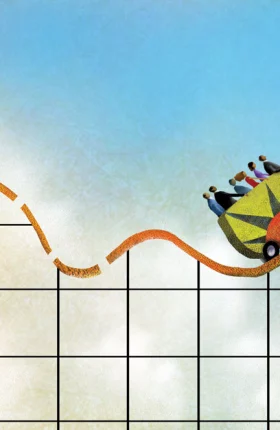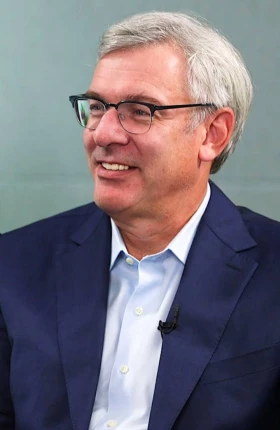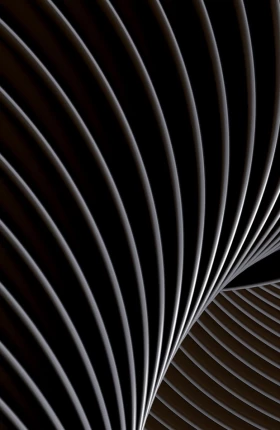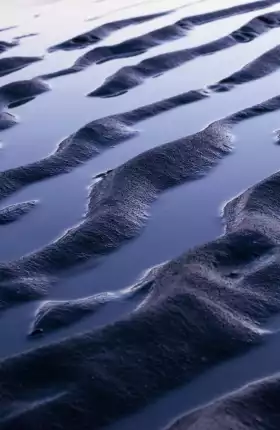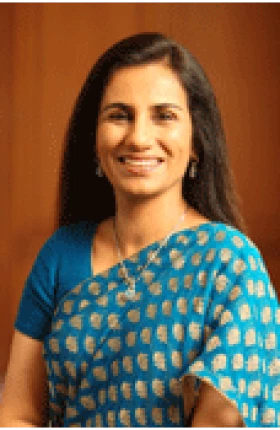When Zelfira Tregulova was hired as CEO of the Tretyakov Gallery in Moscow in 2015, she was driven by two burning questions: Why doesn’t Russian art get the recognition it deserves? And what can be done to change that?
Tregulova launched a comprehensive transformation effort that touched nearly every aspect of the museum’s inner workings. Her goal: to transform the Tretyakov Gallery into a world-class institution and create the museum of the future.
She faced many challenges: initially, some of the museum’s senior leaders resisted major reform, the museum relied heavily on Russia’s government for financing, and the museum provided few incentives for visitors to linger.
Nevertheless, in just two years on the job, Tregulova has generated impressive results. The staff has launched bold new ideas to transform the visitors’ experience, the museum has raised 30% to 40% more in private funding annually, and the number of visitors per year has nearly doubled.
Zelfira Tregulova
Zelfira Tregulova
At a Glance
Born: 1955, Riga, Latvia
Education
1977, BA, Moscow State University
1981, postgraduate studies, Moscow State University
Career Highlights
2015–present, Tretyakov Gallery, General Director
2013–2015, Rosizo State Museum and Exhibition Center, Moscow, General Director
2002–2013, Moscow Kremlin Museums, Deputy Director General for Exhibitions and International Relations
Recently, Tregulova sat down with Ivan Kotov, a BCG partner and managing director in the firm’s Moscow office. Edited excerpts from their conversation follow.
In just two years, you have turned the Tretyakov Gallery into one of Moscow’s premier destinations. What prompted the change effort?
Even before I was appointed CEO of the Tretyakov Gallery, I used to ask myself, Why isn’t Russian art more well-known and appreciated around the world? Why do visitors in Moscow rush to the museums of the Kremlin, while few visit the Tretyakov Gallery, which displays the world’s finest collection of Russian art?
Once I was appointed CEO, I put all of these questions on the agenda. What could I do to alter the situation at least a little? What could I do to make the exhibitions more impressive and modern? What could I do to make the Tretyakov Gallery speak to people in a new, modern language—a language that would be vivid, clear, and understandable?
What were the most important elements of the transformation?
Looking back on the journey, I see that we’ve gone through three types of changes. The first was to change ourselves—to look at ourselves and be honest about what was good and, frankly, what was not so good.
The second element was to transform our display areas. We organized the artwork in a different manner and communicated with the audience in a new way. We also made people’s visits comfortable so that they would stay longer and visit our newly opened coffee shops and stores. All of this contributes to a substantial financial base that we can use to further enhance the visitor experience, open new exhibitions, and support our educational and publishing projects.
The third change was in our approach to the audience. We wanted to attract a very broad and diverse crowd to the museum and to use all available modern tools, including social networks. For example, we launched simple teasers that initially brought us 500,000 views in two weeks. Then it was 500,000 views in two days. Our latest teaser for the [Khrushchev] Thaw exhibition got approximately a million views in one day. That was something we never could have expected.
How have you changed your approach to fundraising? What are the benefits of the new approach?
We knew that we couldn’t count on financing from the federal budget, given the economic situation, and we knew that fundraising could no longer be done in the same old ways, so we developed a new strategy. We created a corporate loyalty program and a mass loyalty program. The mass loyalty program took somewhat longer to implement because you cannot make members of the loyalty program struggle their way through a queue of waiting people. Therefore, we had to organize a separate entrance, a separate security checkpoint, a dedicated administrator, and a number of special offers for loyalty members, including lectures and seminars. This was a very complicated process, but our fundraising is now growing at a rate of 30% to 40% per annum, which is unbelievable considering the current economic difficulties.
What were some of the challenges you faced over the course of the transformation?
Museums are inherently conservative institutions. People work here for 40, 50, or even 60 years, and they’ve already outlasted all previous CEOs. When I got my appointment, the heads of four major research divisions had worked at the Tretyakov Gallery for approximately 50 years each. Naturally, over so many decades, they had grown used to certain ways of working.
But just as I have accumulated a tremendous desire to do something over the years, the same was true of many of my colleagues. They too had that potential, those big ideas. At first, some people from the older generation could not understand what we were doing. But in some cases, I was really astonished to see people—regardless of their previous work habits and behaviors—put their creative hats on and propose completely different, innovative solutions.
Can you describe some of the tangible outcomes of the change effort?
The number of visitors has increased dramatically. In 2014, we had 1,370,000 visitors. In 2016, that figure reached 2,325,000. We have reached number 23 in the global ranking of most-visited museums.
In 2016, after the opening of the [Ivan Konstantinovich] Aivazovsky exhibition, we broke into the world’s top ten for the first time in the history of Russian museums; that is, the top ten most important art exhibitions around the globe. The Aivazovsky exhibition was visited by more than 600,000 people. This is an incredible achievement for Russia.
In terms of exhibitions, we now participate much more actively in the largest international projects. We are exchanging exhibits with other museums, such as the National Portrait Gallery, the Tate Gallery, and the Centre Georges Pompidou. We exhibited a collection from the Vatican’s Pinacoteca, which was the largest exposition ever brought from the Vatican museums. Never before has the Vatican provided such a vast number of exhibits for a single exposition. All of this takes the Tretyakov Gallery to another level.
What advice would you give to CEOs who are just beginning the transformation process?
I cannot advise leaders to love the work they are doing. Either they do or they don’t. But this is a prerequisite. You must passionately love what you are doing. And you should really love and respect the people on your team. Those should be your people.
You should also be able to motivate people—and not just with money. We offer study and internships abroad, advanced training, and other means of personal fulfillment. Whenever I’m asked about the essence of efficient management, I say that the key is to have highly professional, driven, and competent people at the main positions who really understand what it’s all about. Whether we’re talking about fundraising or marketing or public relations, employees should not be just PR or marketing specialists. They should have a tremendous humanitarian background and understand the very essence of what they are promoting or advertising or raising money for. There always needs to be that passion. People must be passionate about what they are doing.
